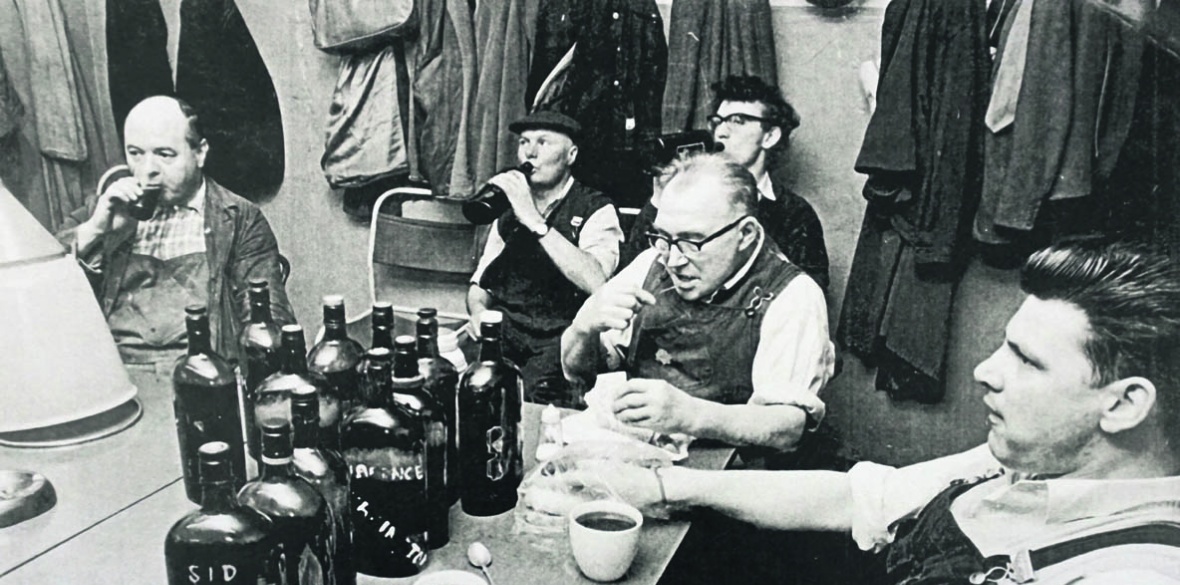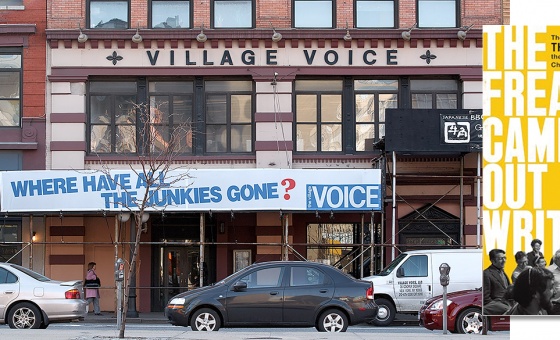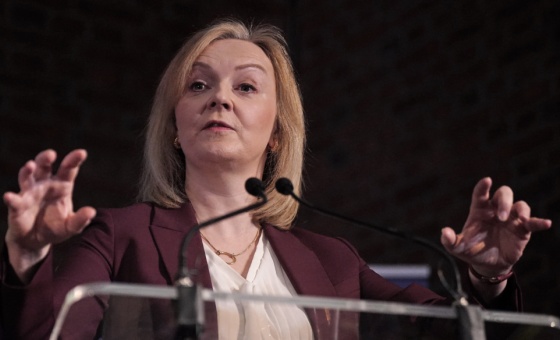This is the last article you can read this month
You can read more article this month
You can read more articles this month
Sorry your limit is up for this month
Reset on:
Please help support the Morning Star by subscribing here
“I’M really sad it’s closed. It took me a long time to get over it.”
Bob Ball worked as transport manager at the Ram brewery run by Young’s in Wandsworth for 38 years.
It folded in 2006, ending a near 500-year history of beer brewing there.
His former colleague Ken Wellbelove described the place as “heaven.”
They were among a group of ex-workers who attended a special screening of Brewing Stories, a documentary film about the golden age of west London breweries, at Wandsworth Town library on November 14.
Why such fond memories of a workplace which often required of them tiring physical graft?
“Everyone was well looked after. We loved a retirement, we loved a funeral, we loved a party. It was all very social,” said Ken.
Perhaps that’s why generations of local workers contributed a lifetime to Young’s, as well as the other two breweries featured in the film — the Griffin, of Fuller’s in Chiswick and the Stag, run by Watney’s in Mortlake.
Matthew Rosenberg, project co-ordinator at digital:works, an education and arts charity which produced the documentary with the help of specially trained volunteers, described the family-run Young’s and Fuller’s as “paternalistic.”
“The heads of both companies knew their workers personally,” he pointed out.
Fuller’s Griffin brewery is still open, but its brewing division was sold to Japanese beer and soft drink company Asahi earlier this year.
Watney’s, which closed in 2015, wasn’t family-run but was also renowned for treating its workers well, according to Matthew.
“The brewing industry in general was good and avoided much of the strike action which paralysed other industries in the 1970s.”
At the Ram, the Young brothers, Roger, James, Thomas and John, “gave a lot back,” explained Bob.
“We had profit sharing, generous Christmas gifts, they paid for your first house purchase costs … I can’t think of another company that was like it.”
Ken also remembers John Young particularly as a big animal lover.
There was a ram on site of course, and even peacocks could be found roaming the yard, but the 20 shire horses, used for delivery long after trucks became more cost-effective, were the biggest talking point.
“Logistically it was difficult,” Bob said, highlighting the complaints he got from angry drivers stuck behind a cart crawling across Wandsworth Bridge.
“My argument was that the RAC calculated that the traffic in London only moved at three point something which was about the speed of the horses anyway!” Bob added, with a smile.
However, the animals were popular with the community at large, it seems.
“Everyone used to wave to us on the streets,” Henry Coward, a drayman at Young’s, told Brewing Stories.
“If you pulled up at a job, you’d get quite a lot of people come round and speak to you.”
For the workers the horses brought a welcome distraction from the mechanised world of beer brewing, which could mean danger.
Matthew emphasised that “burns and crush injuries” were relatively common.
“We worked a lot with hot water, and it would peel your skin off if you weren’t careful,” recalled technician Cyril Springer.
For the draymen, each wooden cask weighed around 35 stone, so an accident while moving one was often serious.
As health and safety standards became stricter, Bob organised for lifts to be installed.
“In which company nowadays could you say to the chairman, X number of lifts, this may cost us £500,000, and you know what John Young said? Do it.”
Women, who largely worked in the bottling department or accounts, faced a different hazard — unequal pay. But that did change.
“They [management] said: ‘If you can put a case together, to say that you women work the same as the men, then we’ll consider it,” former bottler Denise Annon said in the documentary.
After proving their worth, the female bottlers were eventually awarded equal pay.
For Matthew this demonstrates that management were “open to changing workplace practice,” another key to their success, and one of the reasons why Bob felt he and his colleagues were “lucky to be associated with the Young’s family.”
“There aren’t people running companies like it any more. I’m sad that it’s gone,” he reflected, with a glance to the floor.
Like many other traditional industries, the beginning of the end came in the 1980s when rising costs and under pressure profits coincided with a loss of affordable homes, particularly council housing, which saw workers disperse and the traditional social bonds that held them together disappear.
“If you live five or 10 minutes from your place of work, you can stay and socialise after work, but if you have an hour’s commute you can’t,” Matthew said.
Despite this, Derek Prentice, who worked for both Young’s and Fuller’s, told the film-makers: “I loved every day of it … I wouldn’t have swapped it for the world, and I would never have left if it hadn’t have closed.”
Brewing Stories has also clearly brought ex-workers like Bob some comfort.
“In 50 years, people will be looking at it. My grandchildren will be able to see where grandad worked.”
It’s a bygone era that is getting ever more distant. A worthy reason to commit it to record before it fades forever.
The project received support from Fuller’s, as well as Chiswick Archives, Wandsworth Heritage Service and Richmond Local Studies Centre which allowed researchers access to the original documents they hold such as photographs and building plans.
Unite the Union and the Lottery Heritage Fund provided financial support.
The documentary can be seen at brewingstories.org.uk.










